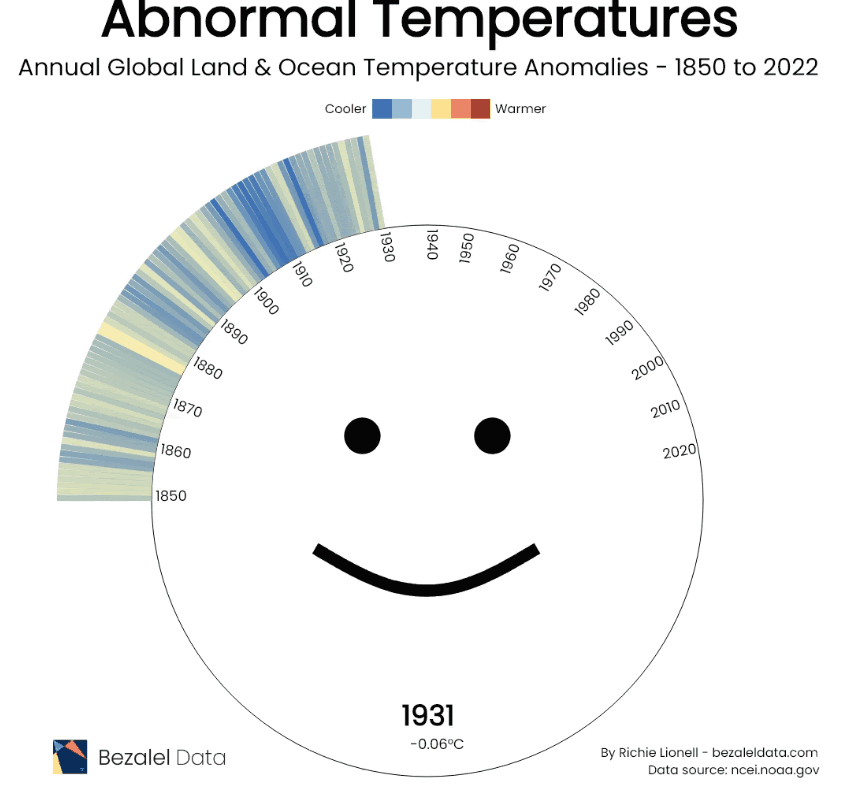
Can graphic novels and cartoons raise awareness about climate change? These artists are leading the way
With cartoons and graphic novels, a bunch of artists is raising awareness about climate change and ways in which to address different issues
 Rohan Chakravarty’s comic strip became one of the online faces of the protest against the draft Environment Impact Assessment notification. Image : Vikas Chandra Pureti for Forbes India
Rohan Chakravarty’s comic strip became one of the online faces of the protest against the draft Environment Impact Assessment notification. Image : Vikas Chandra Pureti for Forbes India
Around three years ago, when an environmental notification widely thought to be diluting India’s green laws was being tossed about, cartoonist Rohan Chakravarty brought out his character Clearance Man. With a few strokes of his ‘brush’, he depicted Clearance Man going about destroying all obstacles for corporates and industries, and providing clearance to projects.
Though lawyers and climate experts had been tweeting about the draft Environment Impact Assessment (EIA) Notification 2020 to create awareness, engagement was low. “Because the news around the draft EIA was not simple enough, nobody really bothered reading more about it or understanding what it means for citizens,” says Chakravarty, who has for the last 13 years been publishing Green Humour, a series of cartoons, comics and illustrations on wildlife, nature conservation and sustainability. Chakravarty teamed up with two environmental lawyers who explained “the most salient features of the notification and then I depicted that as a comic strip”. The comic strip brought in engagement and eventually became one of the online faces of the protest against the draft EIA.
Climate change is at the centre of global dialogue on issues ranging from emissions to energy sources, and from sustainable fashion to wildlife biodiversity, the words meaning many things to many people. And though there is a vast amount of data and research, discussions around them remain abstract, full of jargon and far removed from everyday lived realities. Step in individuals and organisations who are using visual communication in the form of cartoons and comic strips to simplify and get the message and urgency of climate change across in a succinct, engaging and impactful way.
 Nikhil Chaudhary’s comic, Pedestranged, depicts the apathy of civic bodies towards the plight of pedestrians. Image: Courtesy Nikhil Chaudhary: Neha Mungekar; Comic Courtesy: Nikhil Chaudhary
Nikhil Chaudhary’s comic, Pedestranged, depicts the apathy of civic bodies towards the plight of pedestrians. Image: Courtesy Nikhil Chaudhary: Neha Mungekar; Comic Courtesy: Nikhil Chaudhary
“Comics are a very fertile medium as they let you humanise some of the issues so that they become more accessible for citizens to engage with,” says architect-urban planner and independent comics artist Nikhil Chaudhary who makes connections between urban issues, planning and climate change. His 2012 comic, Pedestranged, depicts the apathy of civic bodies towards the plight of pedestrians, the hurdles a majority of the population faces as they try to walk in the city, and the problems that arise out of planning cities for cars.











